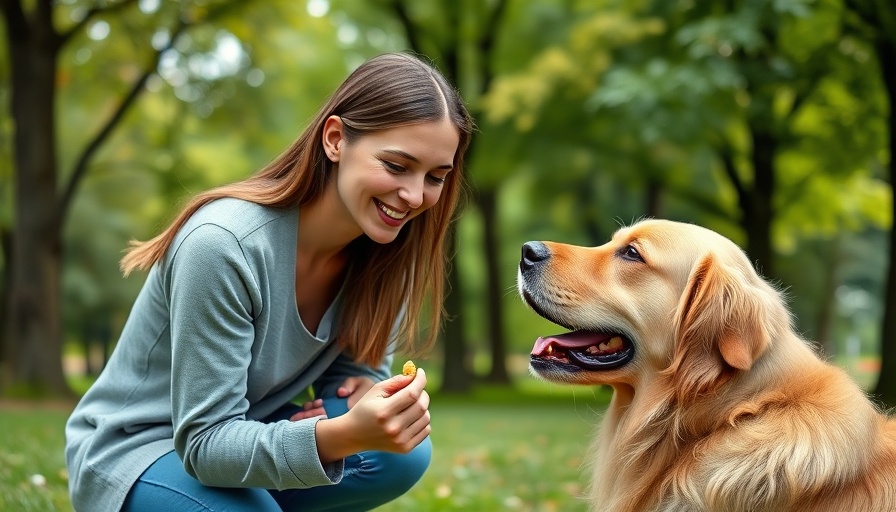
The Essence of Positive Reinforcement in Dog Training
Training dogs through positive reinforcement has become increasingly popular among pet owners who care deeply for their furry friends. Rather than relying on punitive methods, this approach focuses on rewarding desired behaviors. This not only eases the training process but also strengthens the bond between a dog and its owner. But how can you effectively implement this method, particularly using treats? Here are six actionable tips to harness the full potential of treats in your dog training.
1. Distinguishing Lures from Bribes
It’s crucial to understand the difference between using treats as a lure versus a bribe. Luring involves using a treat to guide your dog into the desired position as they learn. For instance, if your dog follows the treat into a sit, this is a positive lure. Conversely, if you present a treat only once your dog has ignored your command, this becomes a bribe. To maximize training effectiveness, always use treats as rewards or lures, fostering a productive learning environment.
2. The Importance of Fading Treat Lures
While utilizing food as a lure is beneficial, the aim should be to fade this lure quickly. You want your dog to perform the desired behavior regularly without relying solely on the treat being visible. Once your dog understands the command, execute training sessions where the lure is absent but reward them from another hand once they complete the action correctly. This transitions them from performing for visible treats to responding to commands out of understanding and trust.
3. Timing and Awareness in Rewarding
One of the most pivotal elements in positive reinforcement training is timing. To effectively reinforce a behavior, you must present the reward immediately after the desired action occurs. This immediate feedback helps your dog understand exactly which behavior is being rewarded. Additionally, it’s essential to be mindful of the cues they are acting upon during training—rewarding an unwanted behavior can confuse your dog, leading to inconsistent training outcomes.
4. Understanding Operant Conditioning
Training through positive reinforcement operates on the principles of operant conditioning. As discussed by experts such as Stephanie Gibeault and highlighted in various dog training literature, operant conditioning showcases how dogs learn through consequences associated with their actions. Rewarding good behavior with treats encourages dogs to repeat those behaviors in the future, while punishing unwanted behaviors discourages them. This can lead to a healthy learning environment devoid of fear, building trust between pets and owners.
5. The Essential Role of Consistency
Consistency is key in dog training. Ensuring you use the same rewards for specific behaviors helps create a clearer understanding for your dog. This not only makes the training process smoother but also aids in building anticipation and excitement for your dog when they successfully perform tasks. Over time, this will lead to your dog being more responsive in various situations, enhancing their overall behavior.
6. Combining Treats with Affection
While treats are an excellent tool, they shouldn't be the only form of reward. Dogs thrive on appreciation and affection as well! A pat, a scratch behind the ear, or enthusiastic praise can motivate your dog immensely. This reinforcement encourages not only obedience but also fosters a loving and trusting relationship. Remember that a well-rounded approach to rewards can lead to a more well-adjusted pet.
Conclusion: The Joy of Positive Training
By adopting these methods of positive reinforcement with treats, you are not only teaching your dog desired behaviors but also enriching your bond with your pet. The happiness that comes from watching your furry friend thrive is unparalleled. Consider integrating these practices into your training sessions to unlock the true potential of reinforcement techniques and strengthen the beautiful connection you share.
 Add Row
Add Row  Add
Add 




Write A Comment